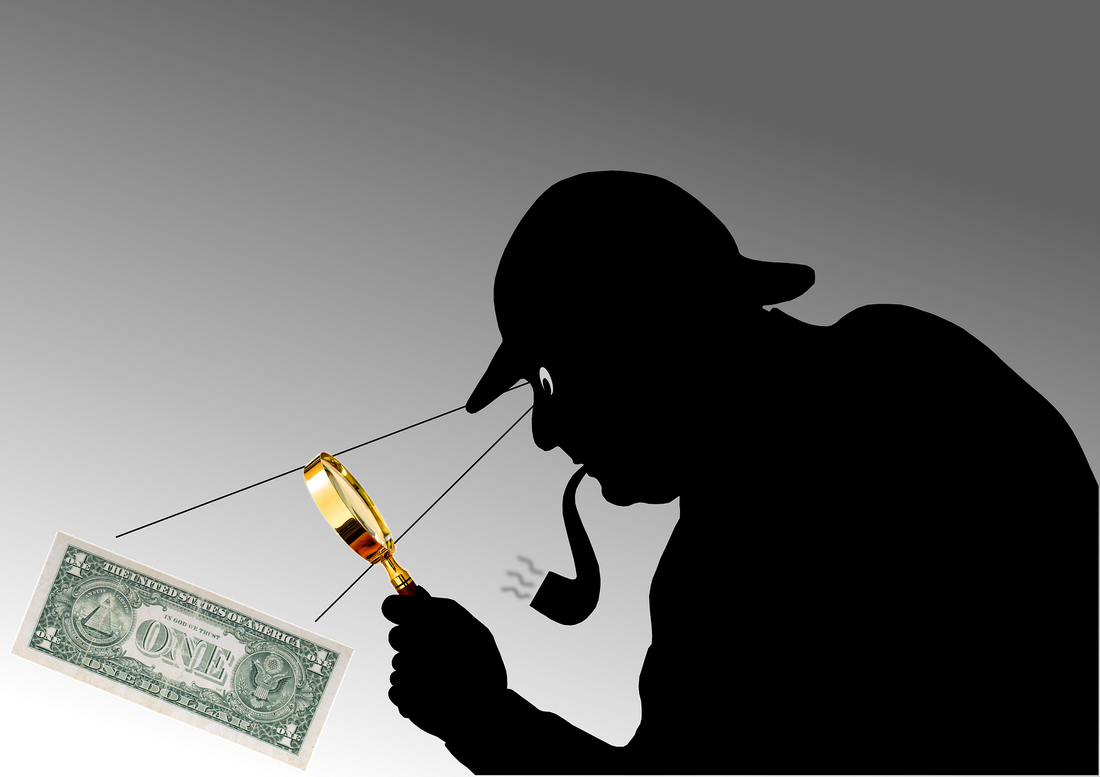If the internet is good for nothing else, it’s great at destroying a good story by providing factual evidence to the contrary. The flip side is that by widely and instantaneously distributing falsehoods, it’s also excellent at spreading nonsense.
Jim Smith discussed the latter in issue #12, in his discussion of things we KNOW are true… but just ain’t so (“The ACK Attack and Uncommon Knowledge” ). In this column, I want to look at the former, in a very specific case.
Most of us are hugely patronizing and unremittingly arrogant when it comes to viewing the past. “Oh, look at how much smarter we are now,” we think. A classic example of a tsk-tsk-producing comment is one we’ve all heard a million times: In 1899, the US Commissioner of Patents, Charles H. Duell, was alleged to have said, “everything that can be invented has been invented.”
Only one problem: he never said it. The quote appears to have originated in the humor magazine Punch in 1899, where the statement was made as a joke. Imagine a flippant quote from The Onion turning up in 2133, being taken seriously by historians: that’s about the same.
“So, Leebs,” you may ask, “what’s your point?”
My point is that it’s often easy to adopt the attitude of that quote, or of Ecclesiastes: “There is nothing new under the sun.” And the reason it’s easy to adopt that attitude, especially in mature technical fields like audio, is that there seem to be few fundamental breakthroughs. The advances we see are primarily rehashes of old findings, adapted to new technology or simplified for automated mass production.
In other words: ho-hum.
Diligent readers of Vintage Whine know that the moving coil loudspeaker dates back a century with Jensen, and that needles tracing grooves go back 140 years to Edison. Amplifiers? Also nearly a century old. Microphones? Basically the phonograph, in reverse, and just about every technology imaginable has been utilized—I’ve even read of using a small sample of radioactive material, whose emissions through air would be modulated by soundwaves, and would thus able to produce an output signal. Voila”! A mic!
So what is there in audio these days that’s really new? Diamond-dome drivers? Advances in materials science applied to Edgar Villchur’s 1958 patent. Plasma speakers? Siegfried Klein wrote about ionic drivers in the early ‘50’s, and the singing arc was known in the 19th century.
What about digital audio? Binary representation of data goes back to the 19th century, and PCM goes back to 1937, with Reeves in the UK. Class D amplification? Pretty much every type of circuit and power supply that you can think of were explored by the end of World War II, if not earlier.
Certainly, not everything that can be invented, has been invented. And yet: try to come up with something in audio that is truly new, and not just an advance in materials science, or a repackaging of old ideas.
Let me hear from you: what is there in audio that is really, really NEW?
Best answer gets a free PS Audio LANRover USB Transporter, MSRP $599 US. Paul McGowan and I will judge the responses, and our decision will be final, no whining allowed. If you win and the prize shows up on Audiogon, we will hunt you down and kill you. (Seriously. I am so not kidding.)
Tell us what you think! Give it a shot! Send us an email here.


